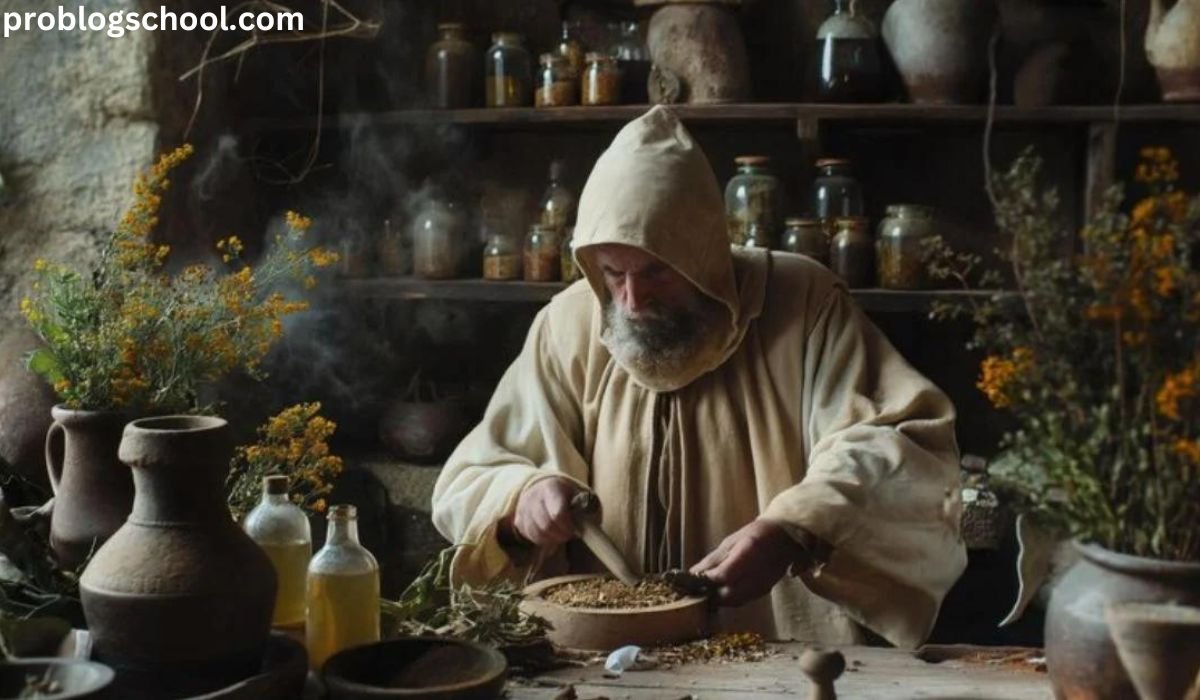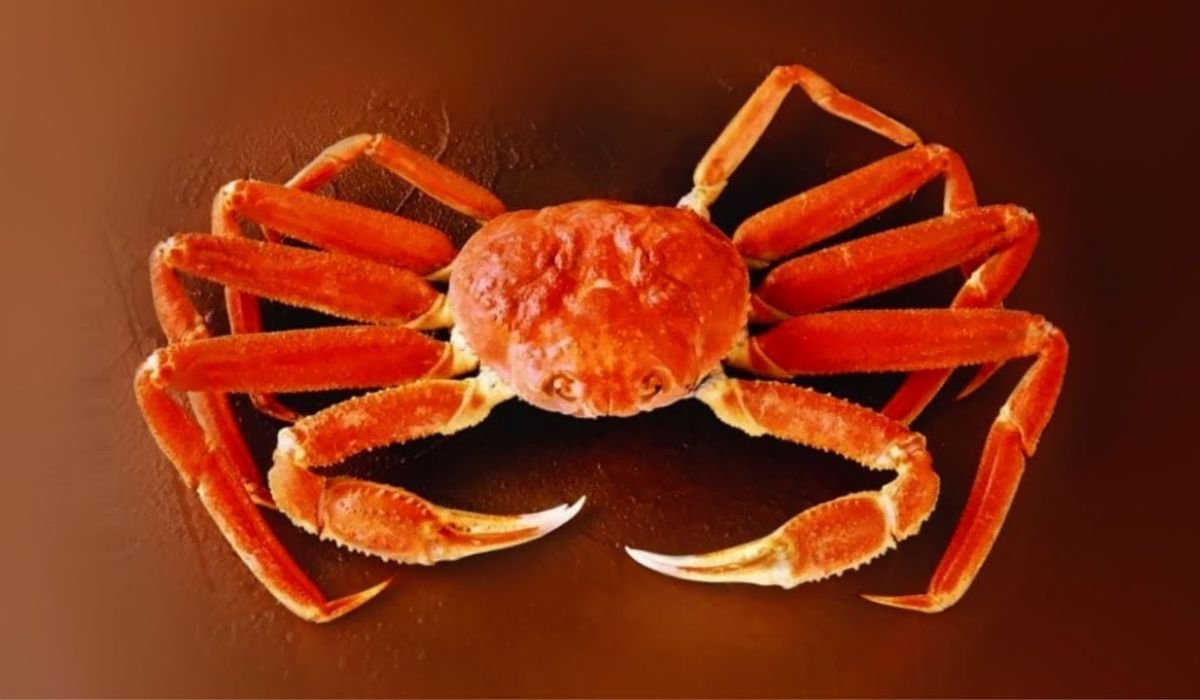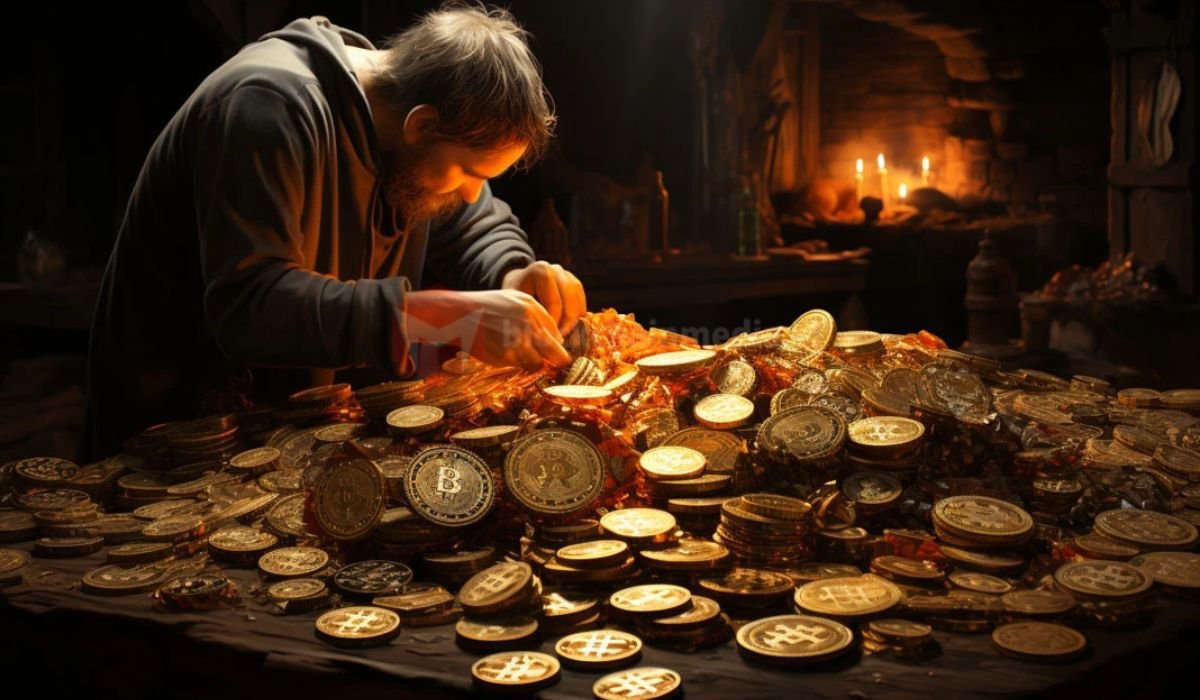Introduction
Ever pondered over the mysterious customs found in Finnish folklore? One such fascinating component is Käämyäjä, a special idea with strong roots in Finnish culture. Originating centuries ago, Käämyäjä is a wonderful fusion of nature, folklore, and community spirit. This essay will examine the historical foundations of Käämyäjä, discuss its relevance, and show how this practice still influences contemporary Finnish culture.
The Origins of Käämyäjä
Historical Context
Käämyäjä emerged during Finland’s ancient times, when communities relied on oral traditions to pass down knowledge and customs. These traditions often played a vital role in uniting the Finnish people and preserving their identity during times of hardship. The rise of Käämyäjä coincided with Finland’s shift from tribal communities to more centralized societies, making it an essential part of the cultural landscape.
Mythological Roots
Like many Finnish customs, Käämyäjä draws heavily from the mythological world. In particular, its connections to Finnish deities and spirits underscore its importance. The practice was seen as a way to honor nature gods, seeking their blessings for good harvests, protection, and community well-being. Legends often speak of Käämyäjä as a spiritual guide, bridging the human world and the divine.
Evolution of the Tradition
Over time, Käämyäjä has evolved, adapting to Finland’s changing societal and cultural dynamics. While its core essence remains intact, different regions have added their unique variations to the practice, enriching its diversity. Today, Käämyäjä is celebrated in both rural and urban settings, demonstrating its enduring relevance.
Symbolism and Meaning
Core Symbols
The key symbols of Käämyäjä include natural elements like water, fire, and stone, each representing different aspects of life. Water symbolizes purity and rebirth, fire stands for energy and transformation, while stone represents stability and permanence. These symbols are often present in rituals, emphasizing the connection between humanity and nature.
Spiritual Significance
At its heart, Käämyäjä embodies a deep spiritual significance, aligning with Finnish belief systems that revere nature as sacred. It is more than just a set of rituals; it is a reflection of Finland’s respect for the natural world and the unseen forces that govern it. For centuries, Käämyäjä has been a conduit for spiritual growth and enlightenment.
Community Bonding
Käämyäjä also plays a crucial role in fostering social cohesion. Traditionally, the rituals were performed by entire communities, making them an occasion for bonding, sharing, and collective reflection. The communal nature of these practices highlights the importance of unity and support among the Finnish people.
Connection to Nature
The close connection between Käämyäjä and the Finnish landscape cannot be overstated. The rituals are often conducted in natural settings—forests, riversides, or open fields—blurring the lines between human civilization and the wilderness. In Käämyäjä, nature is both a stage and a participant in the unfolding spiritual drama.
Käämyäjä Rituals and Practices
Traditional Ceremonies
Käämyäjä rituals typically begin with a procession, followed by prayers or chants to nature spirits. Offerings are made, usually consisting of natural materials like flowers, herbs, and stones. The final stage often involves lighting a ceremonial fire, a symbol of renewal and continuity. Each step of the ritual holds symbolic meaning, reinforcing the values of the Käämyäjä tradition.
Regional Variations
Though the core practices remain the same, regional variations add rich diversity to Käämyäjä ceremonies. For instance, in northern Finland, the use of ice and snow in rituals is more prevalent, reflecting the harsher climate. In contrast, southern regions might incorporate more floral offerings due to the abundance of vegetation.
Contemporary Adaptations
In modern times, Käämyäjä has undergone some adaptations to fit contemporary lifestyles. While the traditional elements are preserved, new forms of celebration have emerged, particularly in urban areas. These adaptations keep the spirit of Käämyäjä alive, ensuring that it continues to resonate with future generations.
Käämyäjä in Art and Literature
Artistic Representations
Käämyäjä has long been a source of inspiration for Finnish artists. From ancient rock carvings to contemporary visual arts, the motifs of Käämyäjä appear frequently. These artistic representations help to keep the tradition alive, showcasing the beauty and depth of Käämyäjä in visual storytelling.
Literary References
Finnish literature, too, is rich with references to Käämyäjä. Classic works of poetry and prose often highlight the spiritual and natural themes associated with this tradition. In fact, some of Finland’s greatest literary figures have used Käämyäjä as a central theme to explore existential questions and human connections with the natural world.
Modern Interpretations
Today, Käämyäjä continues to inspire contemporary artists and writers, leading to new interpretations and expressions. These modern adaptations help to ensure that Käämyäjä remains relevant in a rapidly changing world while maintaining its cultural integrity.
Preserving Käämyäjä for Future Generations
Challenges and Threats
Despite its rich history, Käämyäjä faces challenges in the modern world. The rapid pace of urbanization, along with the erosion of traditional values, poses a threat to the continuity of these practices. Globalization has also introduced new cultural influences, potentially diluting the essence of Käämyäjä.
Efforts to Preserve
In response, various initiatives have been undertaken to preserve Käämyäjä. Cultural institutions and local communities work tirelessly to document and celebrate these traditions, ensuring that they are passed down to future generations. These efforts include festivals, educational programs, and the promotion of Käämyäjä in art and literature.
Educational Outreach
Teaching young people about Käämyäjä is crucial to its survival. Schools, cultural centers, and local organizations are focusing on educating the next generation about this important part of Finnish heritage. By integrating Käämyäjä into the education system, the tradition can continue to thrive and evolve.
Conclusion
In conclusion, Käämyäjä is a lively, living tradition that has influenced Finnish society for generations, much more than a collection of rites. Because of its mythological origins, ties to the natural world, and promotion of community, it has endured as an important aspect of Finnish culture. The ongoing legacy of Käämyäjä serves as a reminder of the importance of tradition in conserving identity and culture for future generations, even as modern Finland continues to change.
FAQs
What is Käämyäjä in Finnish folklore?
Käämyäjä is a traditional Finnish practice rooted in mythology, symbolizing the connection between nature, spirituality, and community bonding.
What are the origins of Käämyäjä?
Käämyäjä emerged from Finland’s ancient tribal practices, drawing heavily from nature and mythology, and evolving over centuries.
What symbols are associated with Käämyäjä?
Key symbols of Käämyäjä include water, fire, and stone, each representing purity, transformation, and stability in the tradition.
How is Käämyäjä celebrated today?
While Käämyäjä still holds its traditional roots, contemporary adaptations include urban celebrations and artistic interpretations.
What role does Käämyäjä play in Finnish culture?
Käämyäjä fosters social cohesion, connects people to nature, and remains a significant cultural tradition in Finland’s spiritual and artistic life.











